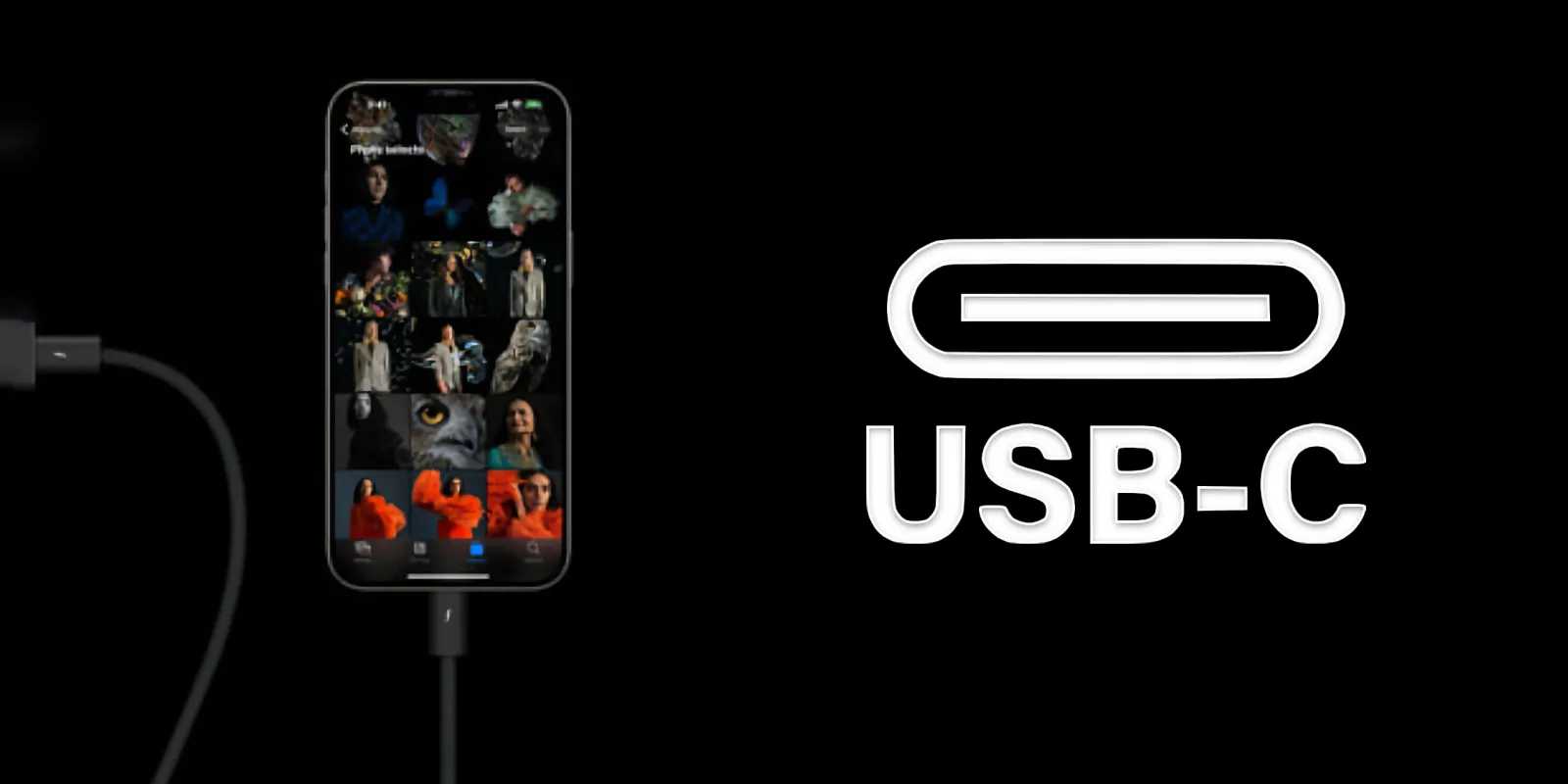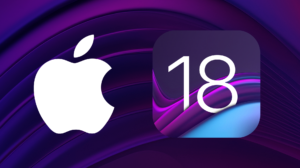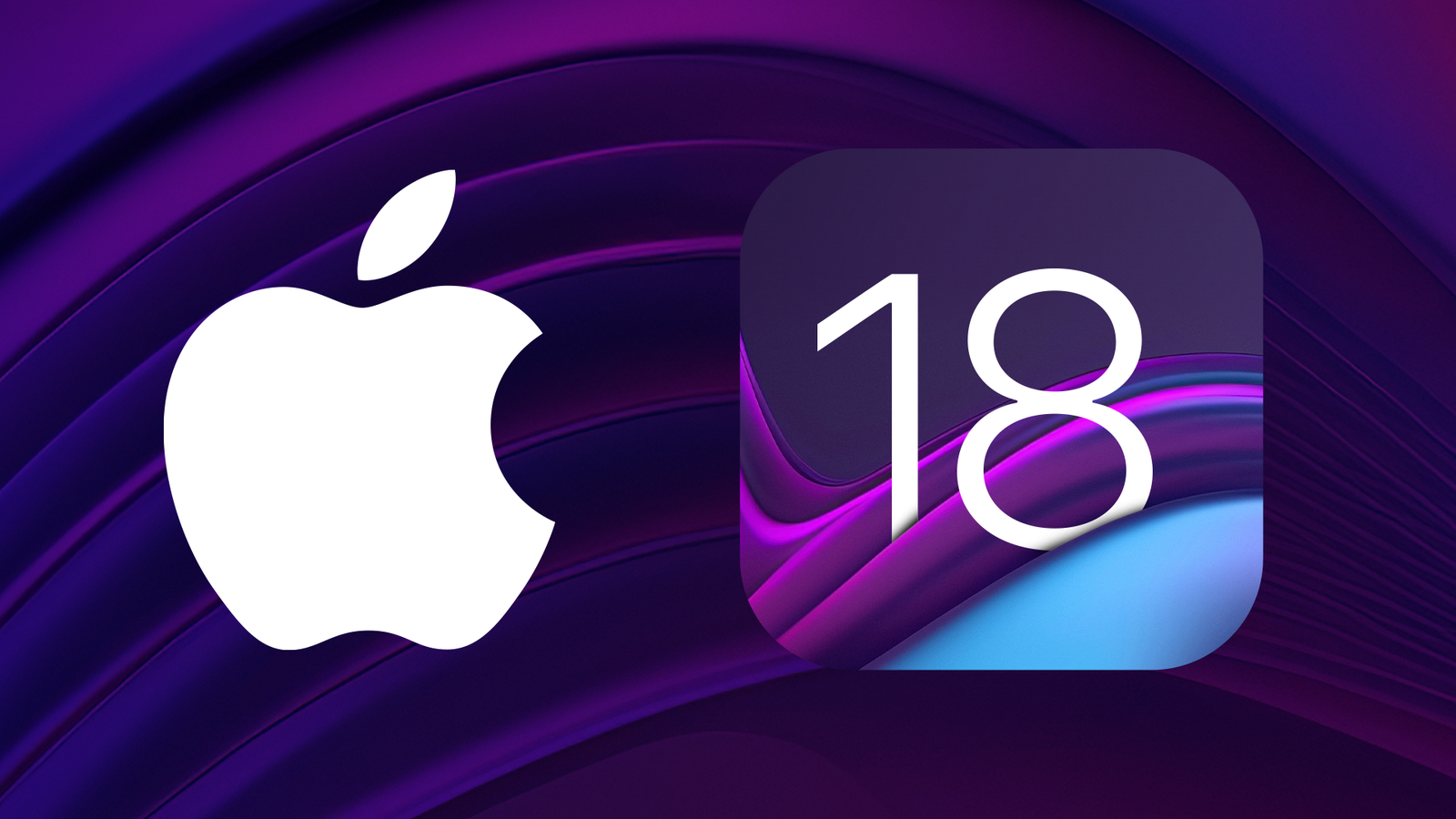The iPhone 15 series marks a significant transition from Apple’s proprietary Lightning port to the universally embraced USB-C, aligning with global standards and enhancing connectivity options. This shift not only simplifies the charging and data transfer processes but also extends compatibility with a range of peripherals, fostering a more versatile and integrated tech ecosystem.
What Can You Connect to the iPhone 15 with USB-C?
- Charging Capabilities:
- Power Adapters: The iPhone 15 supports fast charging using 20-watt or 30-watt USB-C power adapters. It intelligently manages power intake, allowing the use of higher wattage adapters without risk.
- Portable Chargers: Use your iPhone 15 to charge other devices like AirPods or even another iPhone, though charging external devices is slower, around 4.5 watts output.
- Audio Devices:
- Wired Headphones: Connect headphones directly using USB-C or through adapters like the USB-C to 3.5 mm for traditional headphone jacks.
- External Speakers and Microphones: Utilize USB-C for direct connections to audio input and output devices, enhancing audio recording and playback capabilities.
- Display and Video Output:
- External Displays: Connect directly to monitors and TVs using USB-C to HDMI cables or adapters, supporting up to 4K resolution without needing additional dongles.
- Projectors: Easily connect to projectors for presentations or entertainment, reflecting the iPhone’s screen directly onto larger displays.
- Storage and Data Management:
- External Storage Devices: Link up with USB-C hard drives or SSDs for expanded storage and direct file access, crucial for managing large files like 4K videos.
- SD Card Readers: Transfer photos and videos directly from cameras to your iPhone via USB-C, streamlining content management during travels or professional shoots.
- Gaming:
- Controllers: Enhance gaming experiences by connecting controllers via USB-C, turning the iPhone into a portable gaming console with high-quality display output to TVs.
- Networking:
- Ethernet Adapters: For more reliable internet connectivity, especially during streaming or large downloads, use USB-C to Ethernet adapters.
Enhancements and Limitations:
While the USB-C integration offers extensive benefits, it’s important to note the variance in capabilities between the standard iPhone 15 models and the Pro variants. The iPhone 15 Pro models feature USB 3 standards allowing for faster data transfer speeds up to 10 Gbps, essential for professionals handling large media files. In contrast, the standard models are limited to USB 2 speeds, which are considerably slower.
Final Thoughts:
The adoption of USB-C in the iPhone 15 significantly enhances its interoperability with a wide range of devices, reflecting a substantial improvement in user convenience and functionality. This change not only follows global tech trends but also sets a new standard for mobile device capabilities, pushing the boundaries of what smartphones can do.



















Add Comment